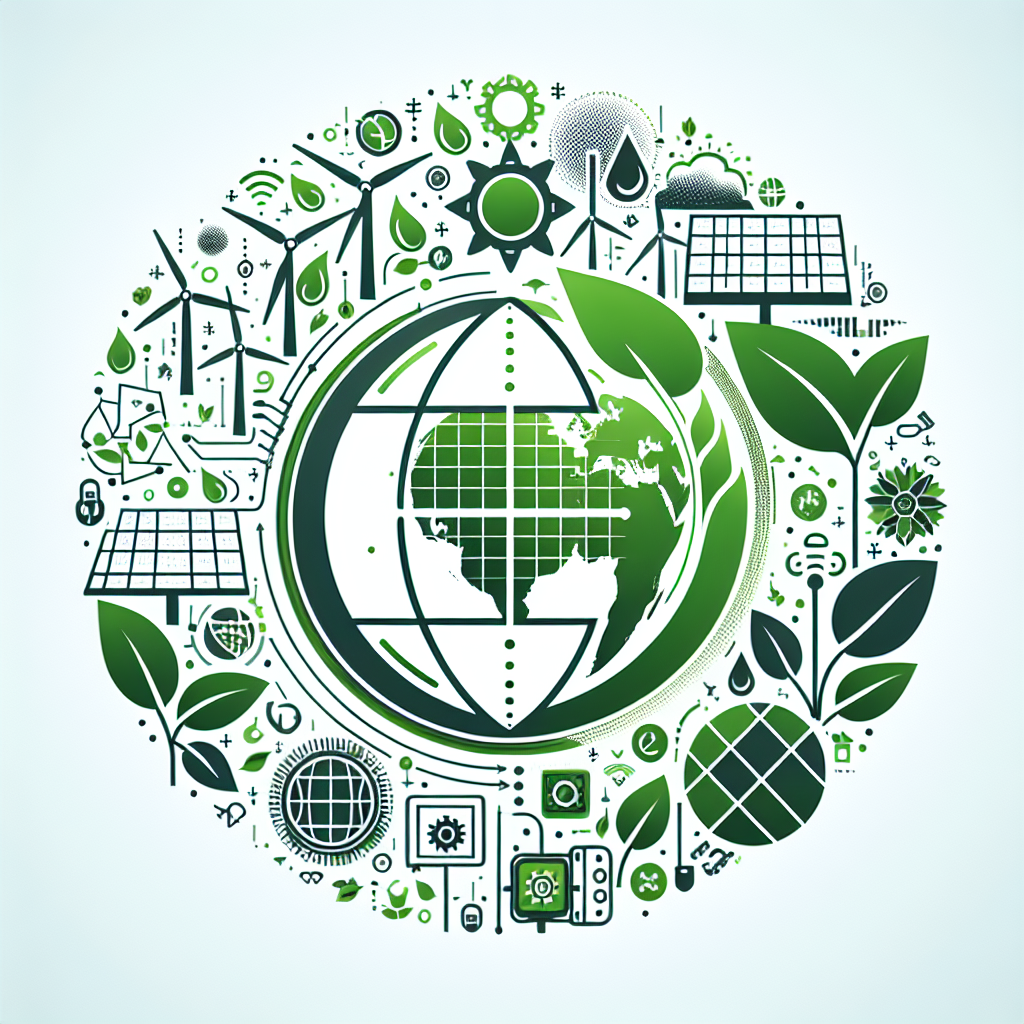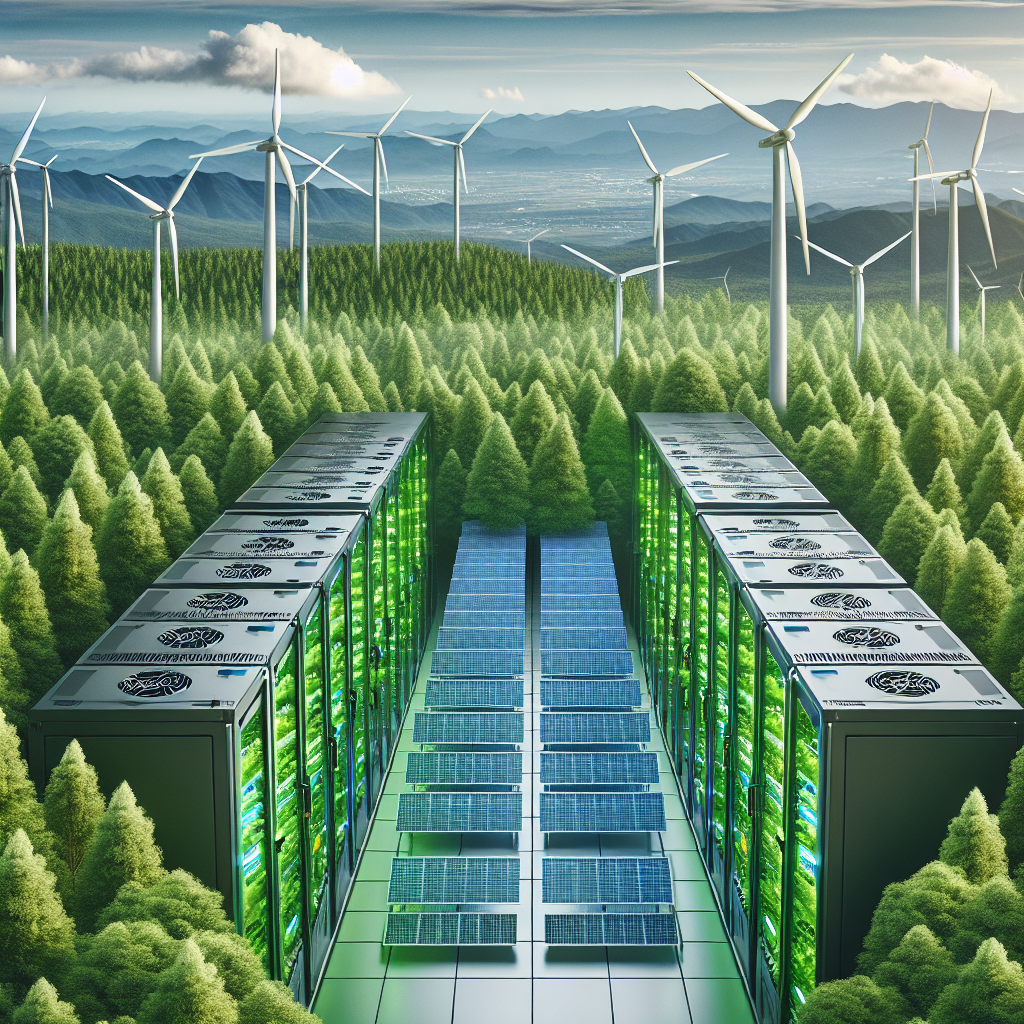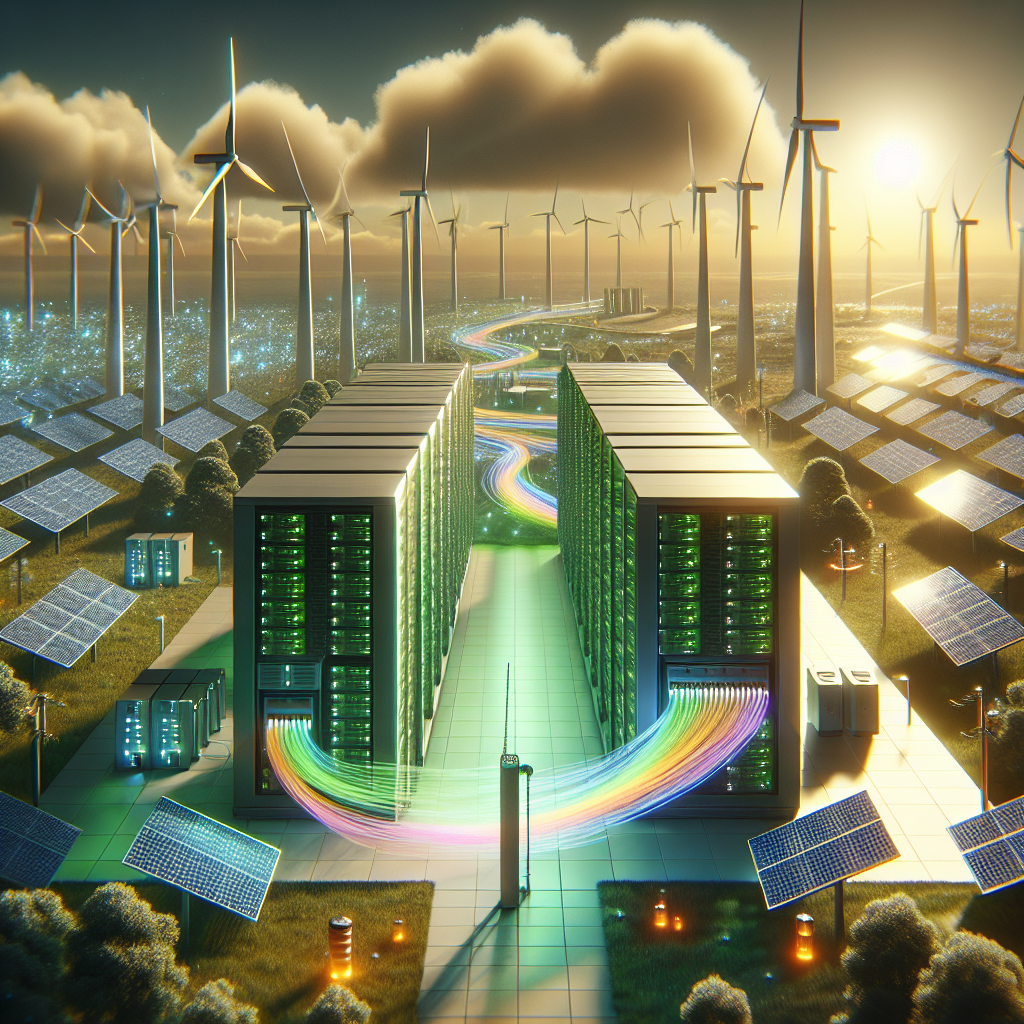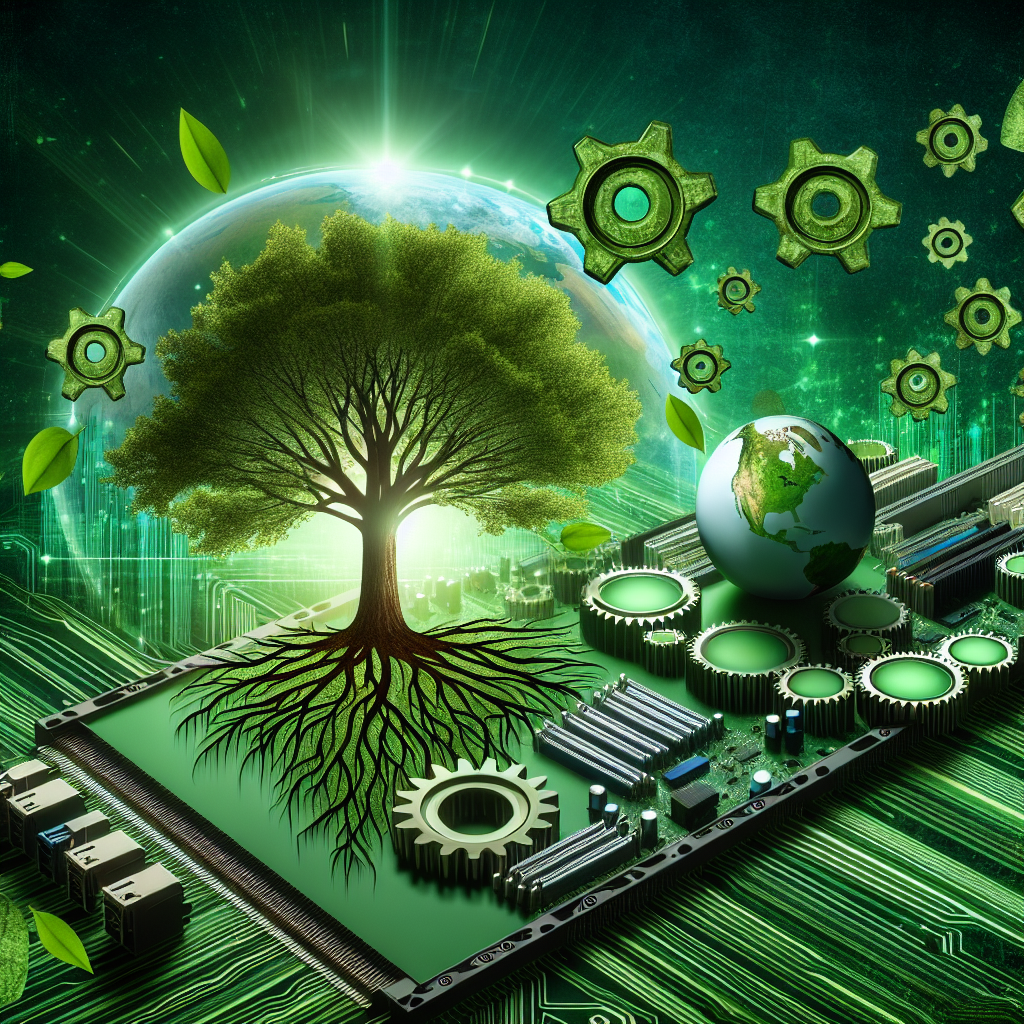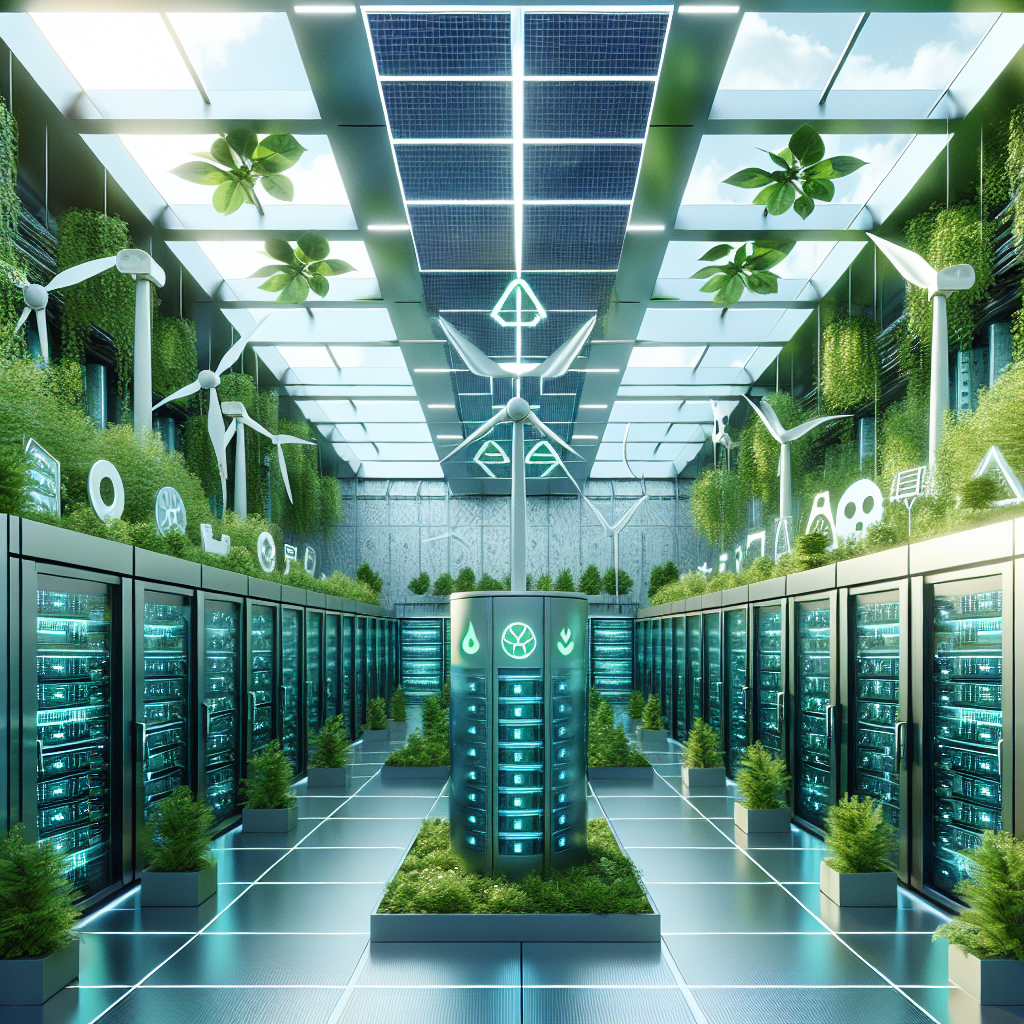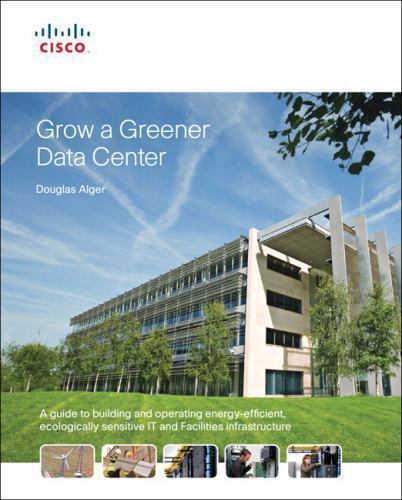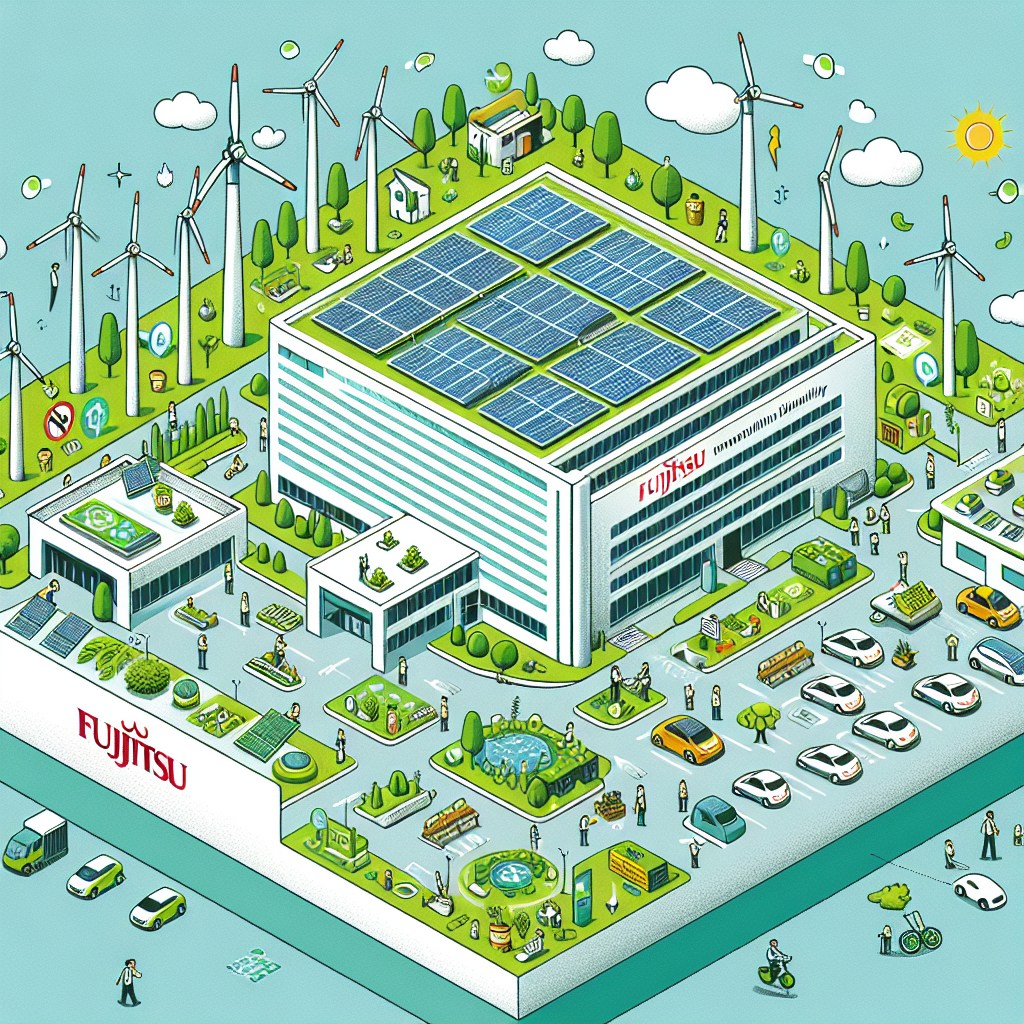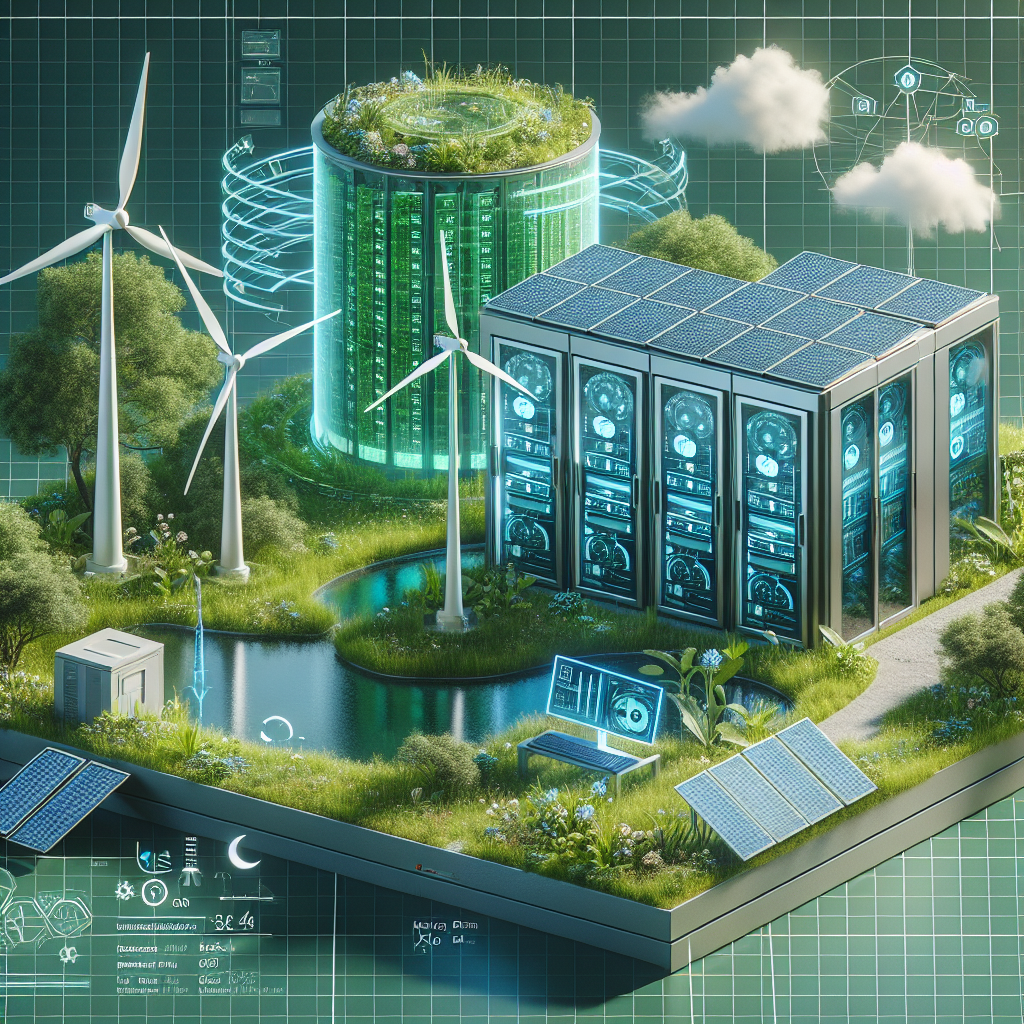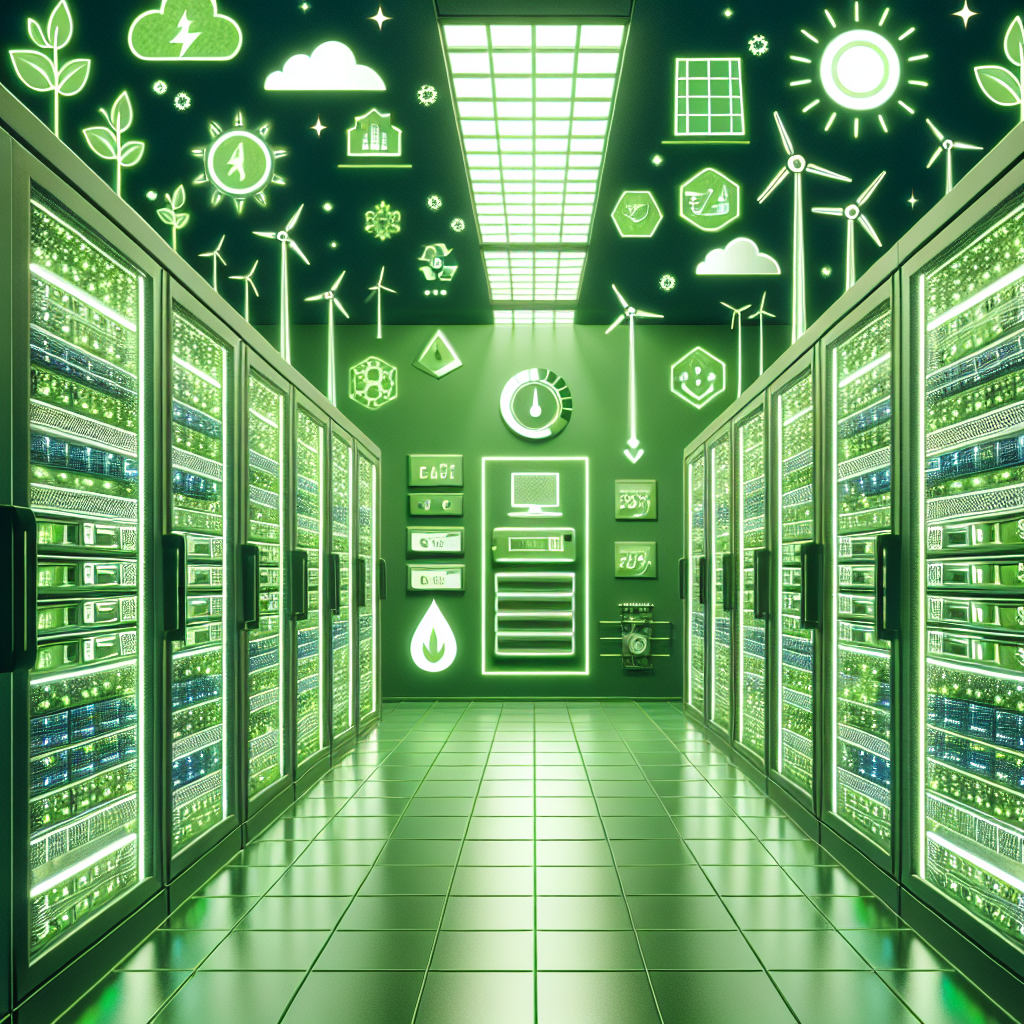In today’s world, sustainability is no longer just a buzzword, but a critical necessity. As the effects of climate change become more pronounced, businesses around the world are being called upon to take action and reduce their environmental impact. One company that is leading the charge for a greener tomorrow is Fujitsu.
Fujitsu is a global technology company that is committed to sustainability across all aspects of its business. From reducing carbon emissions to promoting recycling and waste reduction, Fujitsu has implemented a wide range of initiatives to minimize its environmental footprint.
One of Fujitsu’s key sustainability initiatives is its commitment to reducing carbon emissions. The company has set ambitious targets to reduce its carbon footprint by 50% by 2030. To achieve this goal, Fujitsu is investing in renewable energy sources, such as solar and wind power, and implementing energy-efficient technologies in its operations.
Fujitsu is also focused on promoting recycling and waste reduction. The company has implemented a comprehensive waste management program that includes recycling initiatives for electronic waste, paper, and other materials. In addition, Fujitsu is working to reduce the amount of packaging used in its products and is exploring ways to extend the lifespan of its products through repair and refurbishment programs.
Furthermore, Fujitsu is committed to promoting sustainability throughout its supply chain. The company works closely with its suppliers to ensure they adhere to strict environmental and ethical standards. Fujitsu also encourages its suppliers to adopt sustainable practices, such as reducing water and energy consumption and minimizing waste.
In addition to its internal sustainability efforts, Fujitsu is also actively involved in promoting sustainability in the wider community. The company participates in various environmental initiatives and partnerships, such as tree-planting programs and environmental education campaigns.
Overall, Fujitsu’s sustainability initiatives demonstrate the company’s commitment to creating a greener tomorrow. By taking proactive steps to reduce its environmental impact and promote sustainability, Fujitsu is setting an example for other businesses to follow. With its dedication to sustainability, Fujitsu is not only helping to protect the planet for future generations but also positioning itself as a leader in the global fight against climate change.
